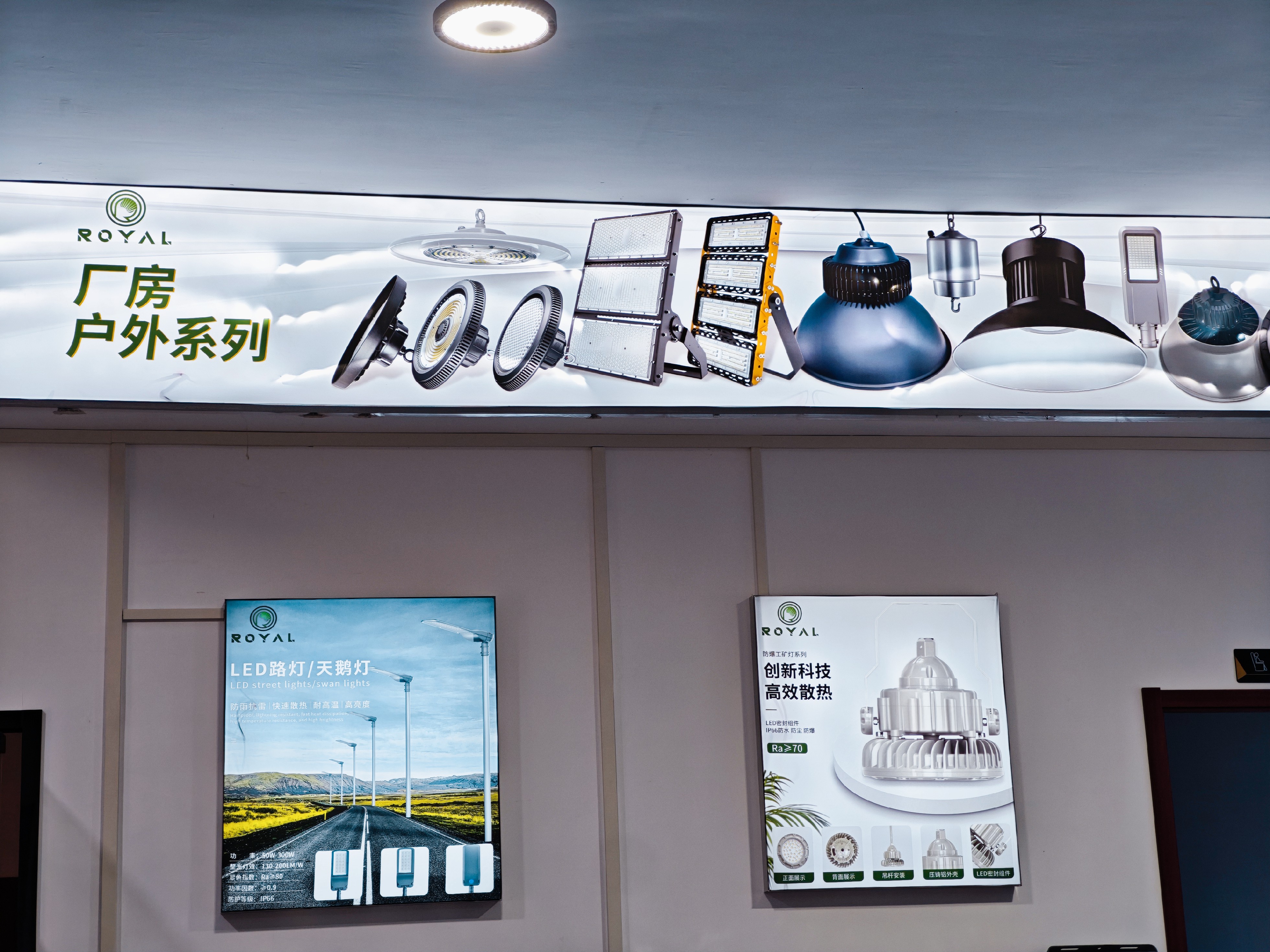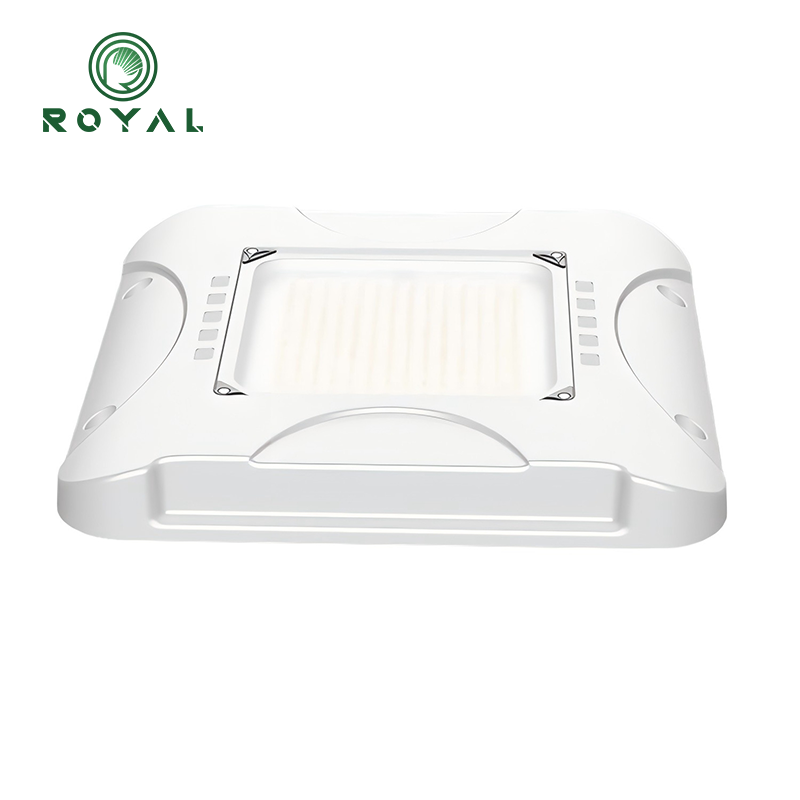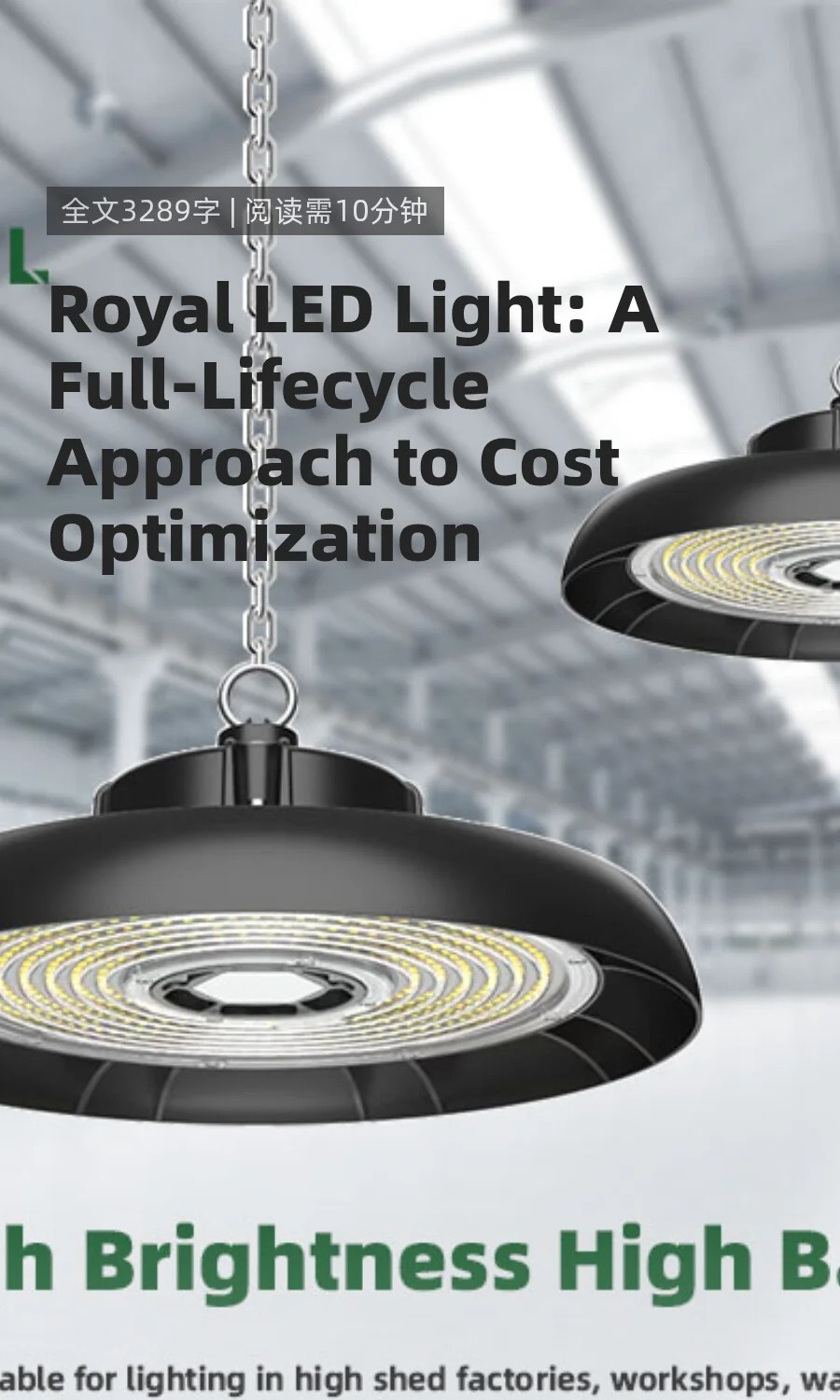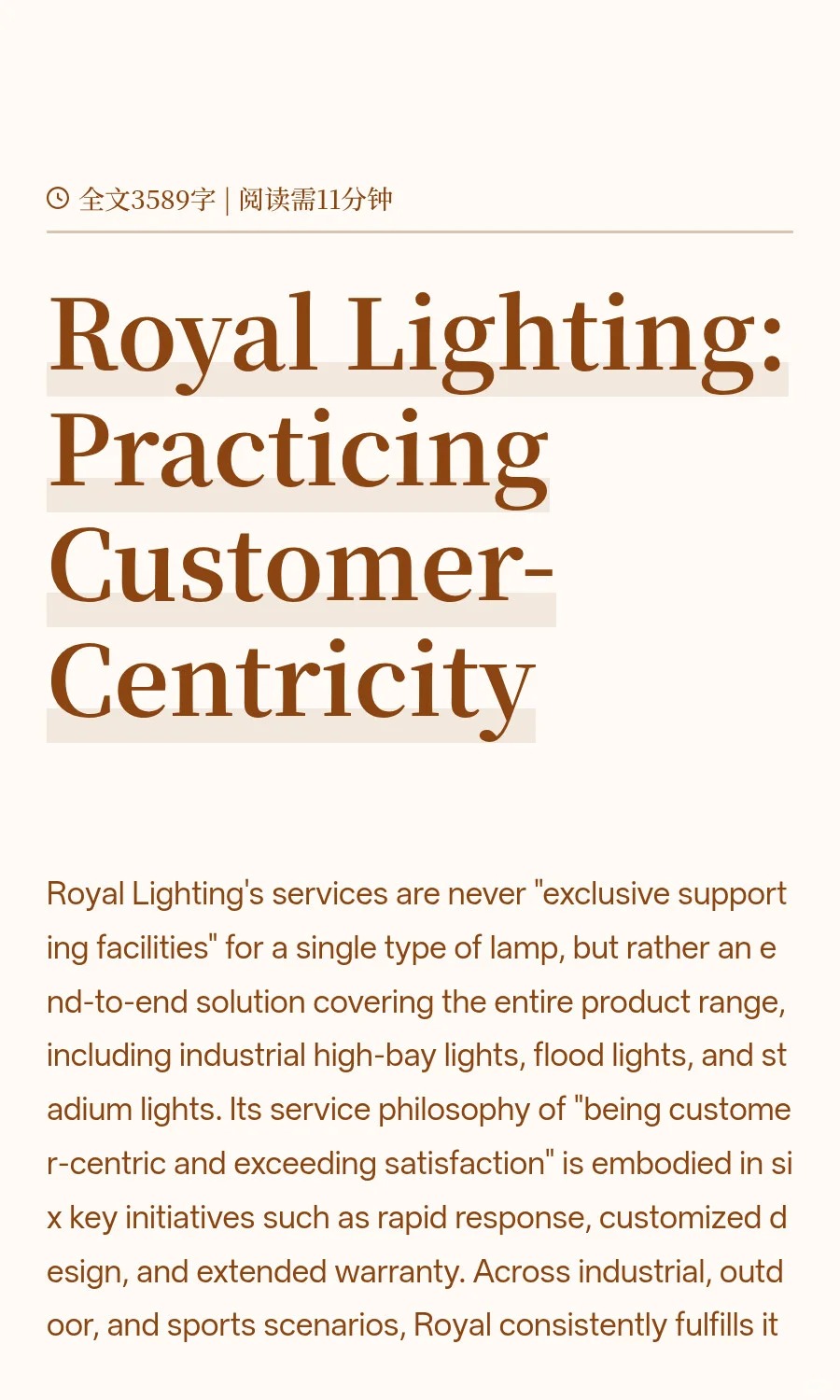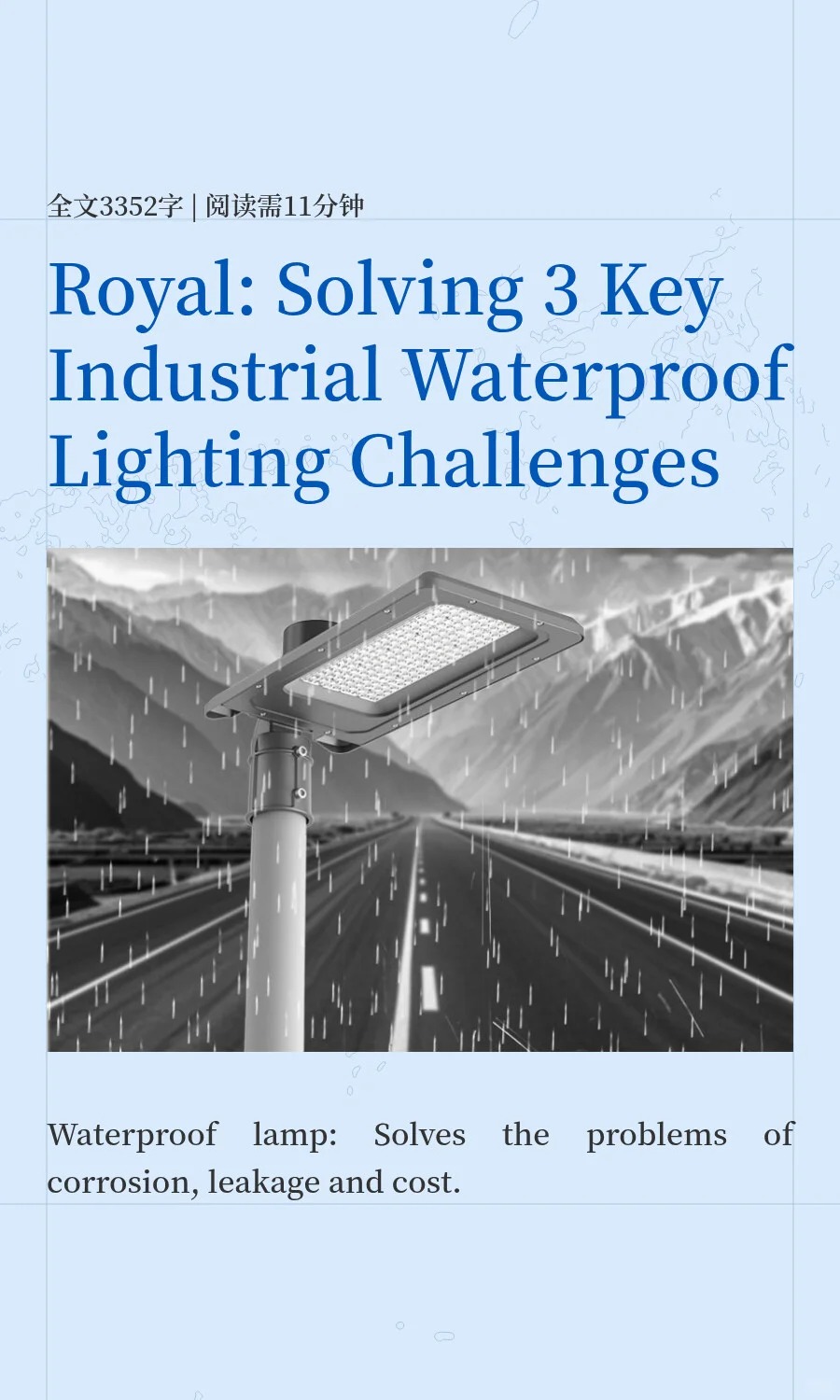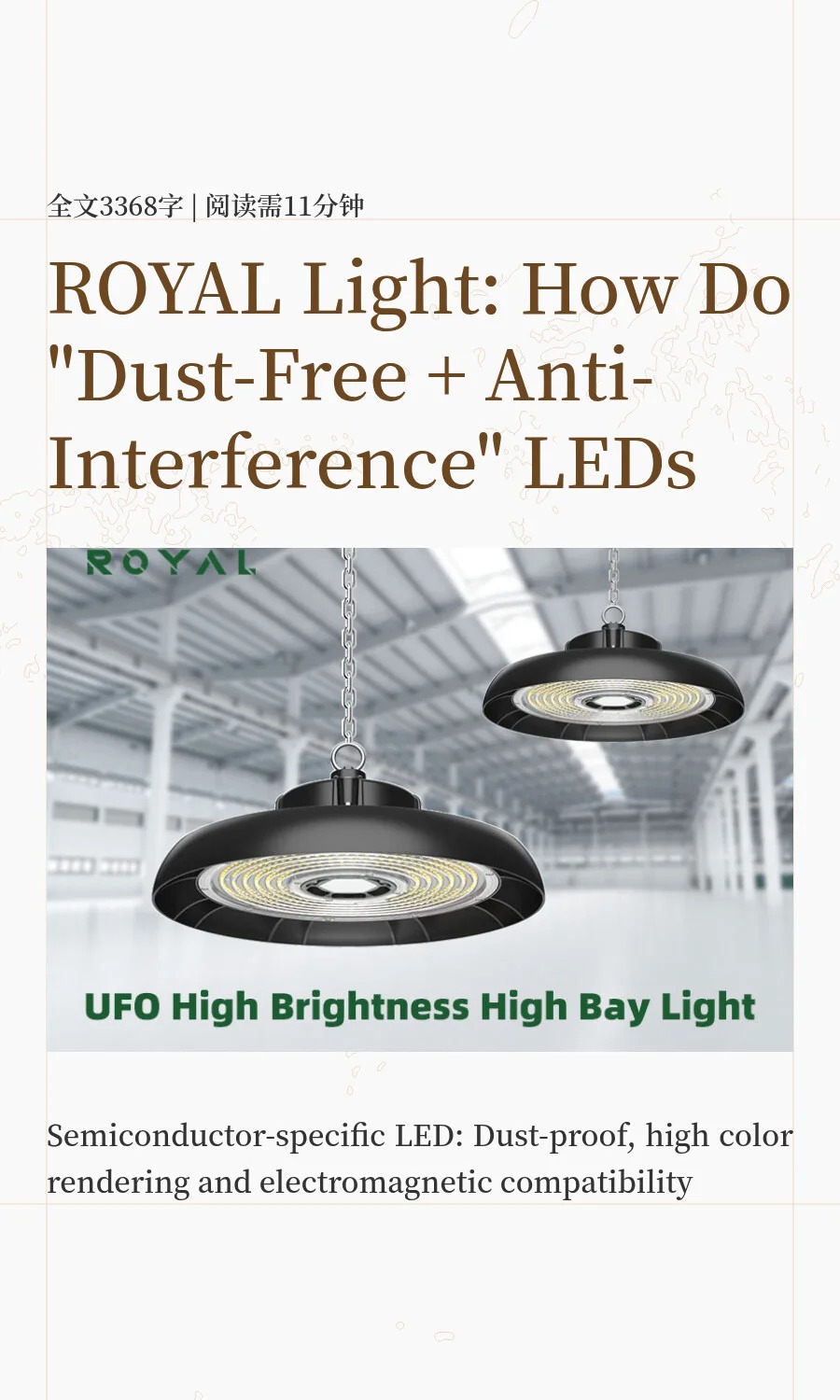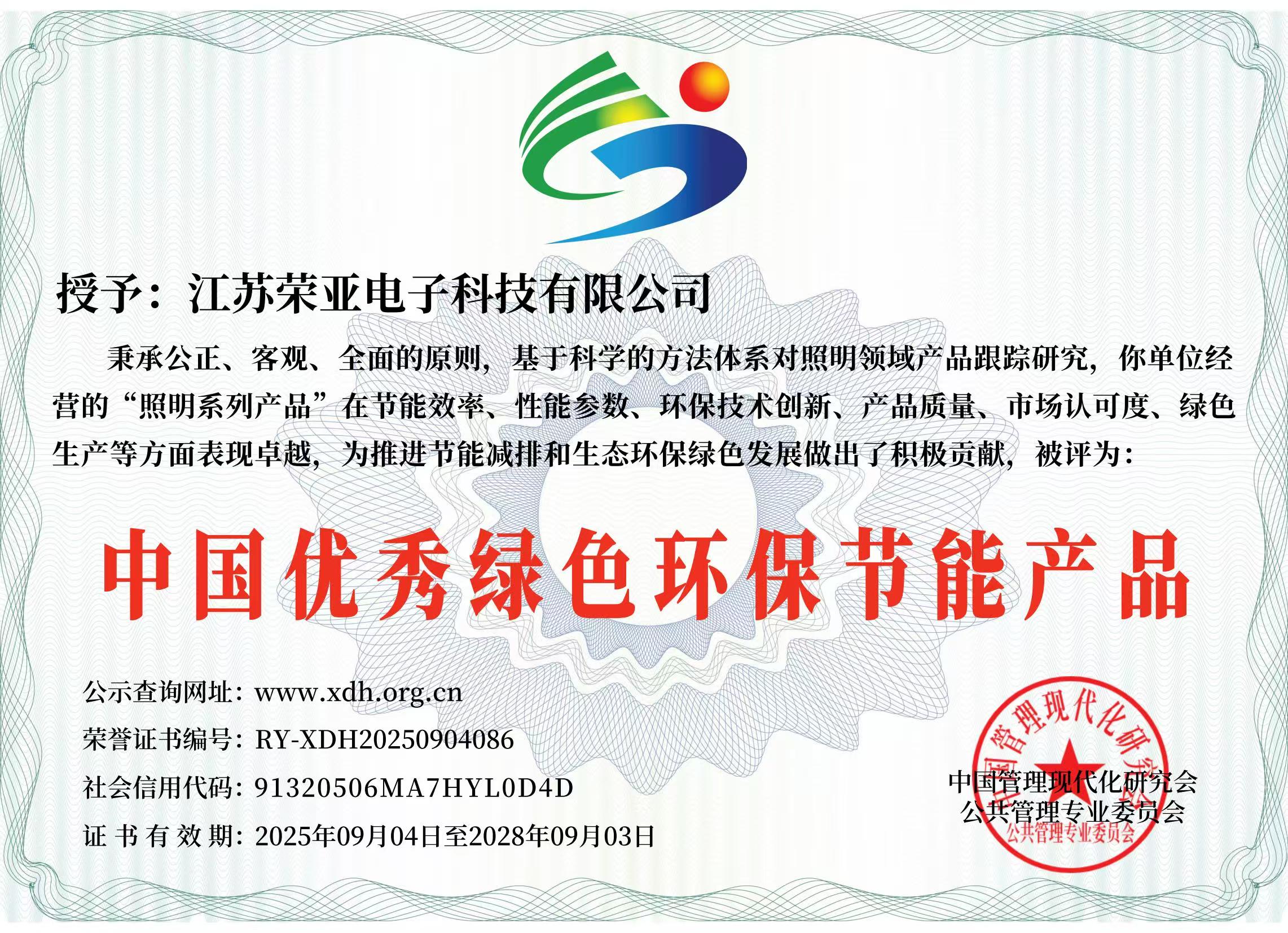Smart industrial factory lighting is not just a traditional device for providing light, but an integrated system combining sensors, the Internet of Things (IoT), and intelligent control technologies. Its functions focus on efficiency, safety, energy conservation, and intelligent management in industrial production, as detailed below:
It meets the basic illuminance requirements of industrial factories and provides adaptive light intensity in accordance with national standards (e.g., GB 50034) for different areas (such as production areas, storage areas, corridors, and maintenance areas), ensuring visual clarity for production operations, equipment inspections, and other activities.
Integrated with natural light sensors, it automatically reduces the brightness of artificial lighting when natural light in the factory is sufficient, and increases it when natural light is insufficient, realizing "on-demand light supplement".
For different work scenarios (e.g., high brightness required for precision assembly, local strong light required for equipment inspection), it supports preset brightness modes, which can be switched with one click via a control panel or APP.
Equipped with human infrared sensors or microwave sensors, it automatically turns off or dims the lights in unoccupied areas of the factory (such as temporary corridors and idle workstations), avoiding the waste of "permanently on lights".
It supports setting sensor sensitivity and delay time (e.g., turning off the lights 30 seconds after personnel leave) to adapt to different production rhythms.
Real-time collection of electricity consumption in each lighting area is achieved through IoT modules, and energy consumption reports are generated to help managers identify high-energy-consumption areas and optimize power consumption strategies.
It supports time-period-based control (e.g., automatically reducing the overall brightness during non-production periods) and further reduces electricity costs by combining peak-valley electricity prices.
The system can real-time monitor the operating status of lamps (e.g., short circuit, damage, abnormal brightness). Once a fault is detected, it immediately alerts maintenance personnel through the background or on-site alarm devices, avoiding production interruptions or safety hazards (e.g., easy collisions in dim areas) caused by lighting failure.
Linked with the factory's emergency system, it automatically switches to the emergency lighting mode in case of emergencies such as power outages or fires, ensuring continuous lighting for evacuation routes and safety exits (in compliance with fire code requirements).
Emergency lighting can prioritize the use of backup power sources (e.g., batteries) and maintain the minimum safe illuminance to guide personnel to evacuate in an orderly manner.
It supports unified management of the factory's lighting through a central control system (e.g., PLC, SCADA) or a mobile APP, enabling zone-by-zone and group-by-group control to reduce manual operation costs.
Remote checking of lighting status and adjustment of parameters are available, allowing managers to perform real-time control even when not on-site.
It can be connected to the factory's intelligent manufacturing management system (e.g., MES). Lighting is automatically adjusted according to production plans (e.g., the corresponding area is automatically lit when the production line starts, and turned off when it stops), realizing "lighting linkage with the production process".
Data-Driven Analysis & Optimization Through long-term accumulated lighting usage data (e.g., brightness preferences, energy consumption patterns), it provides data support for the upgrading and transformation of the factory's lighting system, such as determining whether to replace with more energy-efficient lamp types.
Intelligent control reduces the number of lamp switch operations and the duration of full-power operation (e.g., soft-start technology avoids current impact), reduces lamp wear, and extends the service life (e.g., the service life of LED lamps can be extended from 50,000 hours to 60,000-80,000 hours), reducing replacement frequency and maintenance costs.
In summary, smart industrial factory lighting not only improves the flexibility and reliability of lighting but also, through the closed-loop management of "sensing - analysis - control", becomes a key link in reducing energy consumption, ensuring safety, and improving production efficiency in the industrial intelligent transformation.

